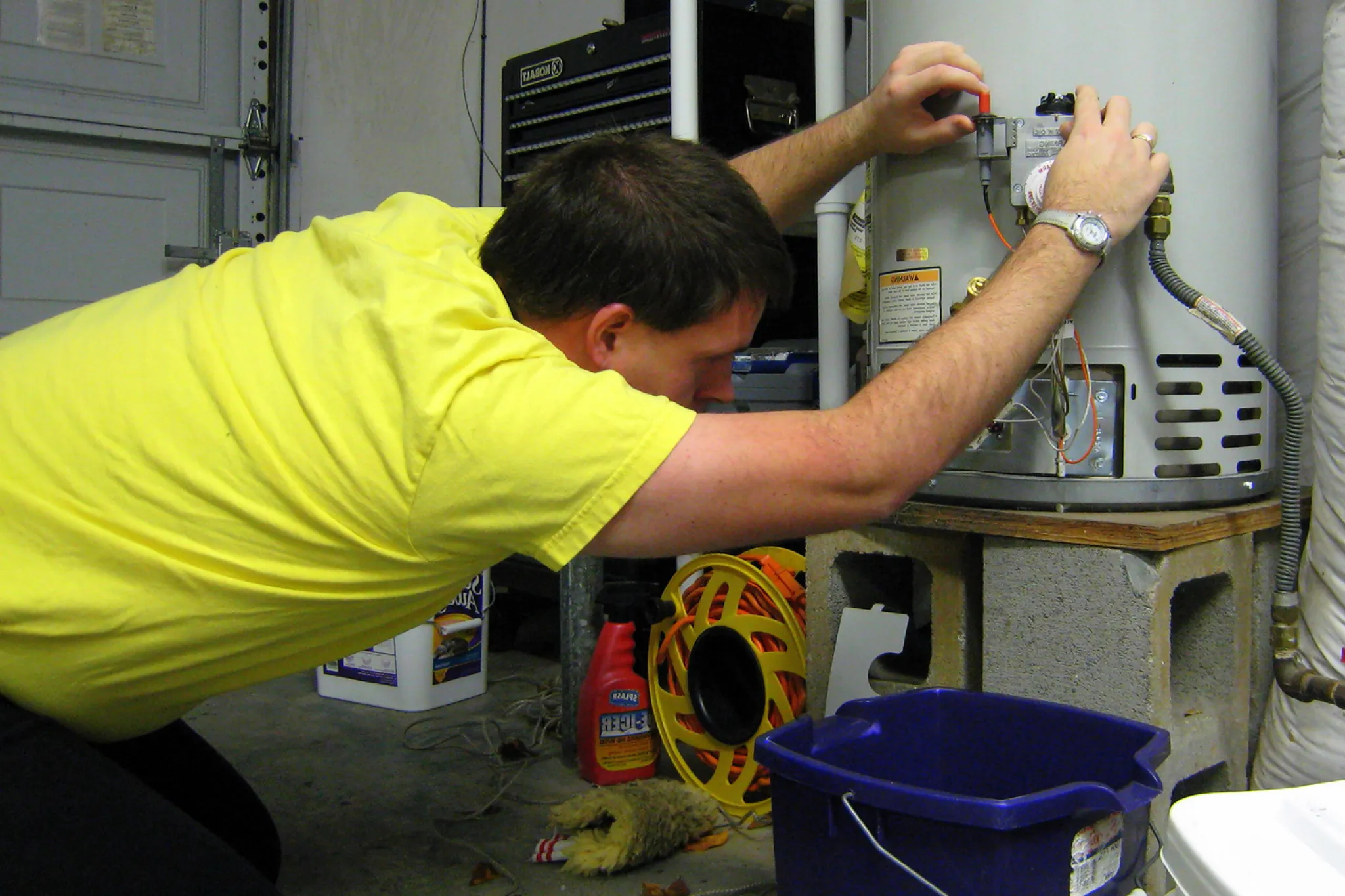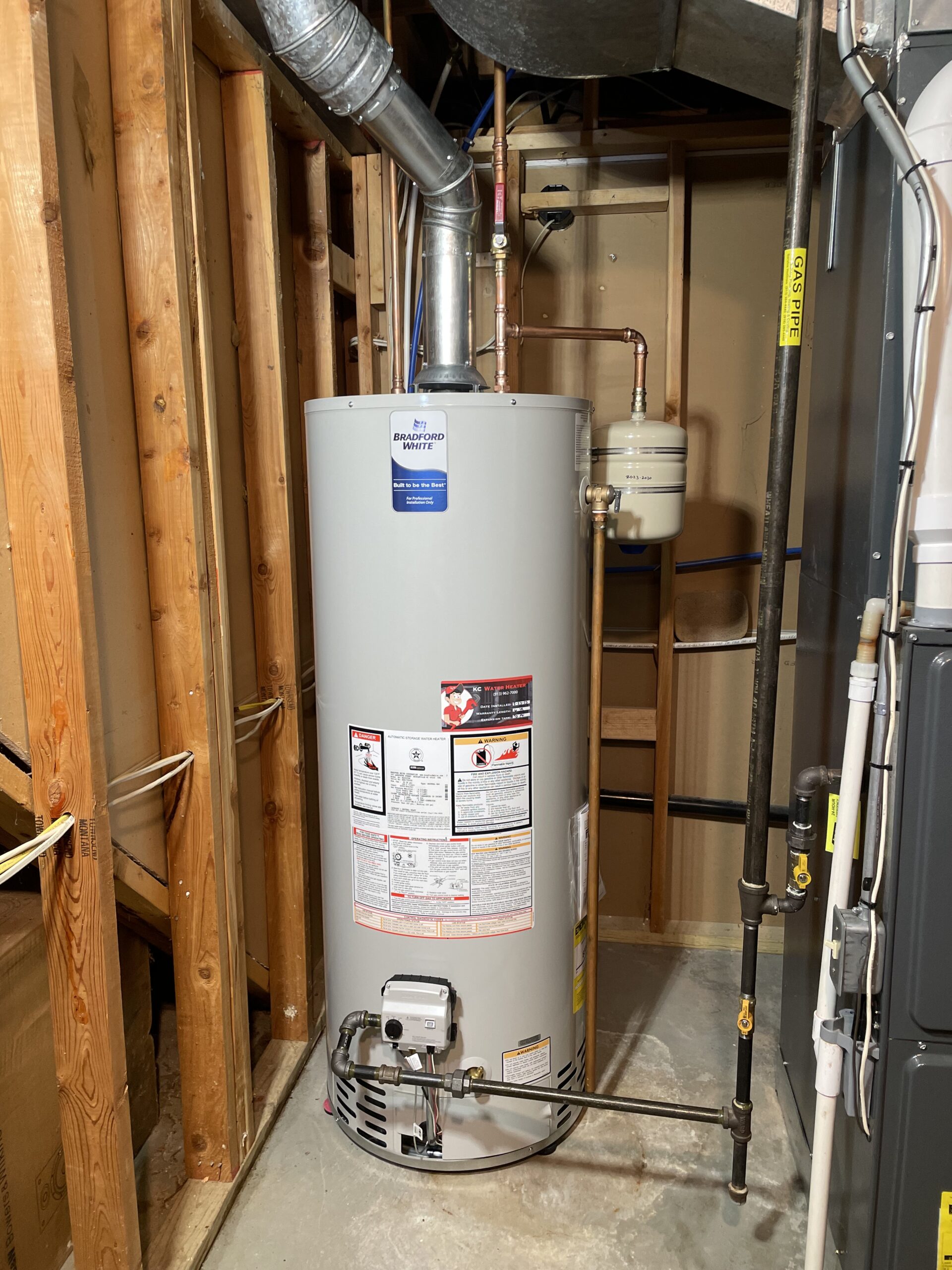Essential Guidance on Caring for Your Home's Hot Water System
Essential Guidance on Caring for Your Home's Hot Water System
Blog Article
How do you actually feel on the subject of What Kind of Maintenance Do Water Heaters Need??

Hot water is essential for day-to-day convenience, whether it's for a refreshing shower or cleaning recipes. To guarantee your hot water system runs successfully and lasts longer, routine upkeep is crucial. This article provides practical tips and understandings on exactly how to keep your home's hot water system to avoid disruptions and pricey fixings.
Introduction
Keeping your home's hot water system could appear difficult, yet with a few basic actions, you can guarantee it operates efficiently for years to come. This guide covers everything from understanding your warm water system to DIY upkeep tips and understanding when to hire professional assistance.
Importance of Keeping Your Hot Water System
Normal upkeep not just expands the life expectancy of your hot water system yet likewise guarantees it operates effectively. Ignoring upkeep can bring about decreased performance, higher energy expenses, and even early failure of the system.
Indications Your Hot Water System Demands Maintenance
Knowing when your hot water system needs attention can avoid major issues. Watch out for signs such as irregular water temperature level, strange sounds from the heating system, or corroded water.
Purging the Hot Water Heater
Flushing your hot water heater eliminates sediment buildup, improving efficiency and prolonging its life.
Checking and Replacing Anode Rods
Anode poles protect against rust inside the storage tank. Checking and replacing them when worn out is vital.
Facility Problems Needing Specialist Assistance
Examples consist of significant leaks, electric troubles, or if your hot water heater is constantly underperforming.
Routine Professional Maintenance Benefits
Specialist upkeep can include comprehensive inspections, tune-ups, and ensuring conformity with safety criteria.
Checking and Changing Temperature Level Setups
Changing the temperature level setups ensures optimum performance and safety.
Do It Yourself Tips for Upkeep
You can do a number of maintenance jobs yourself to keep your warm water system in top problem.
Looking for Leaks
Regularly inspect pipelines and links for leaks, as these can lead to water damages and higher bills.
Understanding Your Hot Water System
Before diving right into maintenance tasks, it's useful to understand the basic components of your warm water system. Generally, this consists of the water heater itself, pipes, anode poles, and temperature controls.
Regular Monthly Maintenance Tasks
Regular regular monthly checks can help capture small problems prior to they intensify.
Testing Stress Alleviation Valves
Evaluating the stress relief valve guarantees it functions correctly and prevents extreme stress buildup.
Protecting Pipelines
Insulating warm water pipes lowers heat loss and can conserve power.
When to Call a Professional
While do it yourself upkeep is advantageous, some issues need specialist knowledge.
Verdict
Regular maintenance of your home's warm water system is essential for performance, long life, and cost savings. By adhering to these pointers and understanding when to look for professional aid, you can ensure a trustworthy supply of warm water without unexpected disruptions.
Water Heater Maintenance: The Basics
Maintaining your water heater will ensure it operates efficiently and has a longer lifespan. Neglecting regular maintenance can lead to costly repairs and an even bigger chunk of your savings if you have to replace it sooner than necessary. But there’s good news: Most water heater maintenance tasks are relatively simple and easy for homeowners with basic DIY skills.
Flush the Water Heater
Over time, sediment and minerals can build up in the tank, reducing its efficiency and potentially causing damage. To flush the tank, turn off the power or gas supply, attach a hose to the drain valve near the bottom and open the valve to drain the water until it runs clear. Ideally, flush the tank annually.
Replace the Anode Rod
The anode rod is a sacrificial metal rod that helps prevent corrosion inside the tank. Inspect and replace it every three to five years or per the manufacturer's recommendation. To replace the anode rod, turn off the power or gas supply, drain a few gallons of water from the tank, unscrew the old rod and replace it with a new one. If the anode rod is significantly corroded or covered in calcium buildup, it's a sign the water heater may need to be replaced soon.
Tune-Up
A yearly tune-up can help identify potential issues and ensure your water heater operates at peak efficiency. This typically involves checking the thermostat, burner assembly (for gas heaters) and any other components specified by the manufacturer. During a tune-up, the technician may also clean the burner and adjust the pilot light (for gas heaters) or examine the heating elements (for electric heaters).
How to Maintain Your Water Heater
Insulate the tank. Insulating the tank can improve energy efficiency and reduce heat loss, saving you money on energy bills. You can purchase precut insulation blankets designed specifically for water heaters or use standard fiberglass insulation wrapped securely around the tank. Check the temperature. The recommended water temperature for most households is around 120 degrees Fahrenheit (49 degrees Celsius). Higher temperatures can increase energy costs and potentially cause scalding. Use a kitchen thermometer to check the temperature at the faucet nearest the water heater. Monitor water pressure. Excessive water pressure can strain the water heater and cause leaks or even tank failure. Install a pressure-reducing valve if necessary. The ideal water pressure range is between 60 and 70 PSI (pounds per square inch). Test the temperature and pressure (T&P) relief valve. The T&P relief valve is a safety feature that releases pressure if the tank gets too hot or the pressure builds up too high. Test it annually by lifting the lever and allowing a small amount of water to release. Replace the valve if it doesn't release water or reseal properly. Check for leaks. Regularly inspect the tank, pipes and fittings for leaks or corrosion. Deal with issues promptly to prevent further damage. Even a small leak can lead to significant water damage over time. Consider a tankless water heater. If your traditional tank-style water heater is nearing the end of its lifespan ( typically 10 years), consider replacing it with a tankless water heater. These units heat water on demand, reducing standby energy losses and potentially saving you money on your energy bills. Schedule professional maintenance. While homeowners can perform many water heater maintenance tasks, it's still a good idea to schedule professional maintenance every few years. A plumber or HVAC technician can thoroughly inspect the unit, identify potential issues and ensure it operates safely and efficiently. https://www.homeserve.com/en-us/blog/home-improvement/hot-water-heater-maintanence/

I have been very intrigued by Water Heater Maintenance Tips You Can't Afford to Forget and I really hope you appreciated our blog posting. Appreciated our piece of writing? Please share it. Help another person find it. We value reading our article about What Kind of Maintenance Do Water Heaters Need?.
Book Now! Report this page